"Cf Museum Metropolitan Of Art Hand Drawing Circa 1933 Rare Self-portrait Berthold Charles Désiré Mahn Signė Datė Art Deco Period"
Berthold Charles Désiré Mahn, born in Villeneuve-sur-Yonne (Yonne) on December 25, 1881[1] and died in the same city on April 1, 1975, was a French painter, draftsman, lithographer and illustrator. From Belleville to Chantilly (1881-1918) The eldest of four children, Berthold Mahn was born in the Belleville district of the union of a Silesian craftsman who had come to settle in Paris and a Luxembourger born Marie-Jeanne Dantz. At sixteen, forced to work to live, he was hired in a factory of stoves and cookers on the avenue Parmentier. He took drawing lessons from Edmond Eugène Valton at the Germain Pilon school (the future Duperré school). During his military service in 1902 in the 72nd infantry regiment of Amiens (assigned to paint decorations there, he also produced his first lithograph thanks to the regiment's press). He meets the painters Jacques d'Otémar and Albert Gleizes; the latter encourages him in the artistic way. It was through Gleizes that he came into contact with the members of the Abbey of Créteil, a community of artists founded by Georges Duhamel and Charles Vildrac. He will remain in contact with them all his life. During the First World War, Berthold Mahn was initially a stretcher bearer in the front line before, in a second time, entering the service of Camouflage camouflage where he met André Dunoyer de Segonzac. “The camouflage artists were passionate about the work entrusted to them; they constantly sought to perfect the techniques of dissimulation” restores Cécile Coutin based on the notebooks of Jean-Louis Forain, Louis de Monard, André Mare, Henri Bouchard, or even the memoirs ( unpublished) by Berthold Mahn, all documents "rich in fascinating reflections on this subject". In 1917, Berthold Mahn was in the Chantilly unit and himself mentioned: “All the workshops came out every day at least four kilometers from these curtains of artificial greenery. Their main function was to camouflage roads over which the enemy had direct sight. In their shelter, the troops passed, invisible. Painted canvas, also used for this purpose, served rather to cover trenches, shelters, cannons, etc. Trucks arrived and left without stopping, loaded with prisoners, and our production always remained below the needs of the front, which were immense”. From Vieux-Colombier to Chaumot (1920-1975) From 1920 to 1924, he worked at the Théâtre du Vieux-Colombier, performing sketches of actors at work: his collection Souvenirs du Vieux-Colombier (55 drawings prefaced by Jules Romains), in 1926, is the culmination. If the biography of Bethold Mahn is now essentially confused with his bibliophilic production, several trips are nonetheless identifiable: Algeria in 1926 as evidenced by the drawing Palmeraie at Laghouat kept at the Metropolitan Museum of Art; Alsace that in 1931, in the company of Georges Duhamel and in the latter's car, he crossed to Strasbourg, executing some sixty drawings for the needs of the book that the two friends would publish the same year, L' Alsace - Interview, or the blind and the paralytic: the word "blind" slipped into the title of the book, includes the American academic L. Clark Keating, constitutes the admission by the writer of his inability to accompany the artist in his immediate perception of beauty; Greece, still in the company of Georges Duhamel and in 1936, a journey about which the artist confides himself in his Travel Letters which, like his sketches, will enrich Georges Duhamel's book Homer in the 20th century. In 1939, Berthold Mahn acquired at Lorris, a hamlet dependent on the village of Chaumot (Yonne), a small farm where he established his residence. Following the German invasion of 1940, Berthold Mahn took refuge in the village of Boisséjour, in Puy-de-Dôme. It was during the two winters that he spent there that he met and became the friend of Henri Pourrat with whom he traveled and then drew Auvergne. We find these drawings, of which Roger Gardes will write that "they harmoniously complete the text of Pourrat which takes the form of a friendly walk through Auvergne", in Le Chemin des goats, published by Gallimard in 1947. It was in the 1950s, observes Hélène Braeuner, that an evolution is perceptible in Berthold Mahn in the treatment of the drawing: "the landscapes of the years 1950-1952 are often treated in the manner of an old cavalier view, with a obvious search for the panoramic effect. The following constitute slices of nature much less characterized. There is also a much less advanced synthesis, a greater search for the atmosphere. It is no longer a question of pure drawing but, more and more, of real paintings with plans and values marked by wash drawings that are always studied”. Died in April 1975, Berthold Mahn rests in the cemetery of Chaumot. 


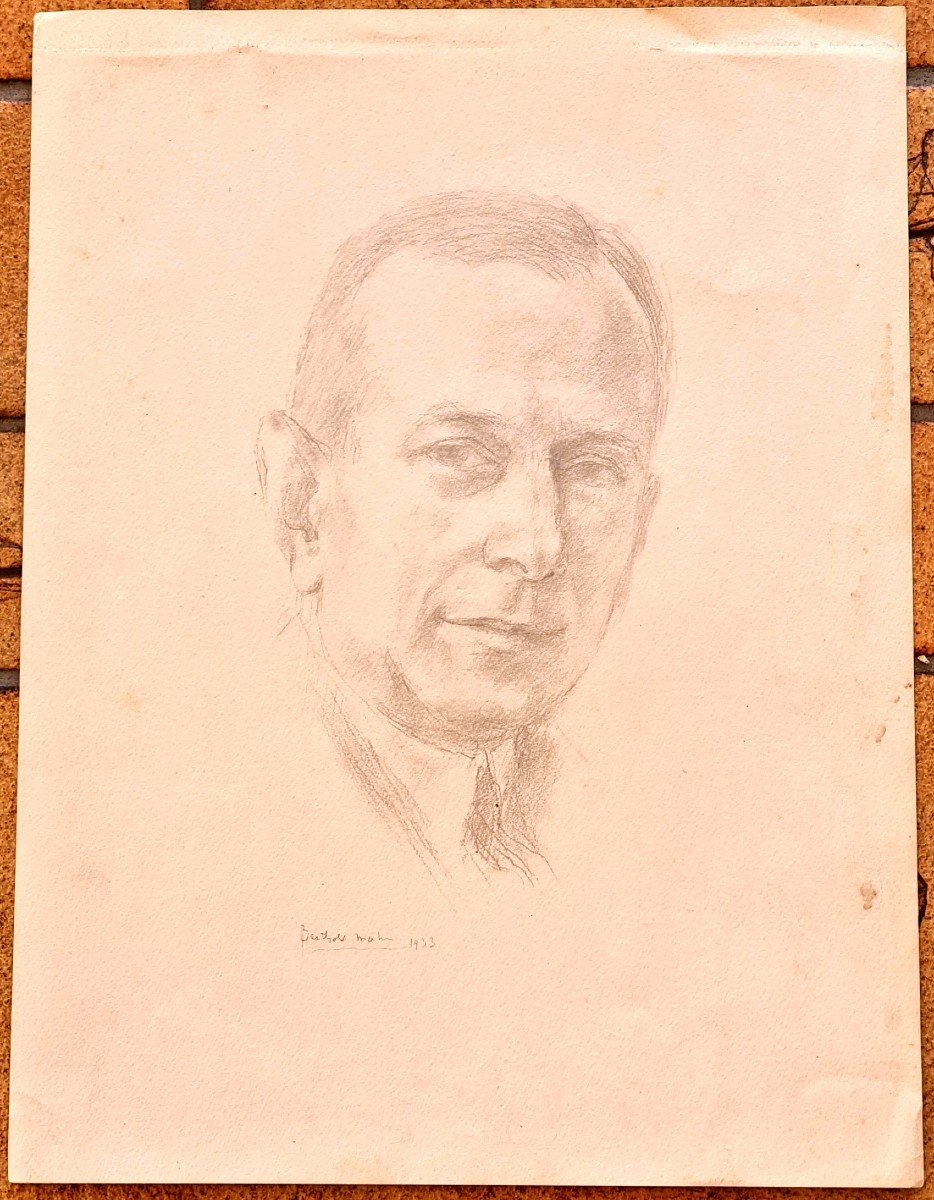
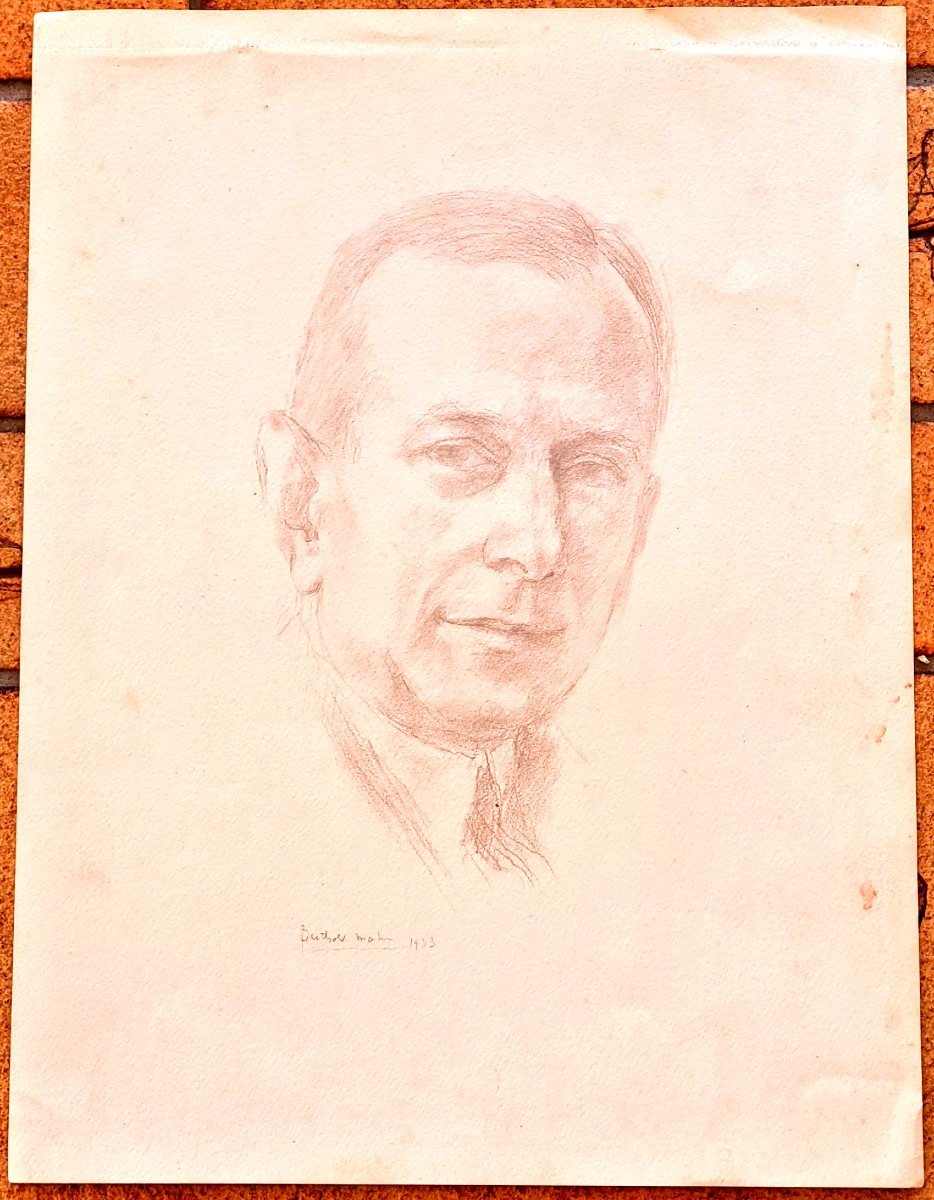





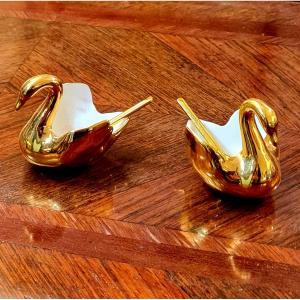
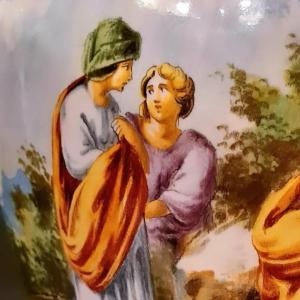
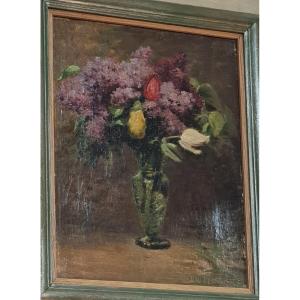
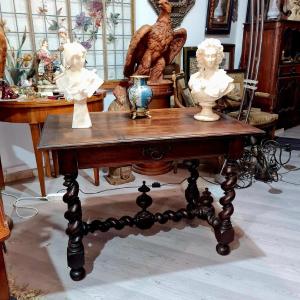
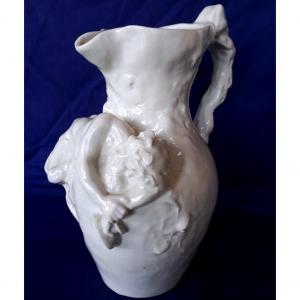
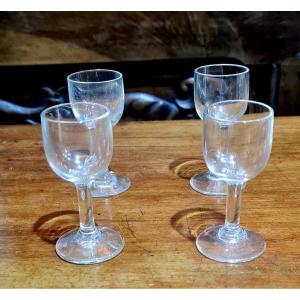
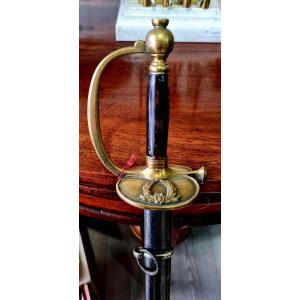
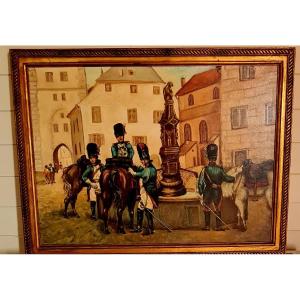
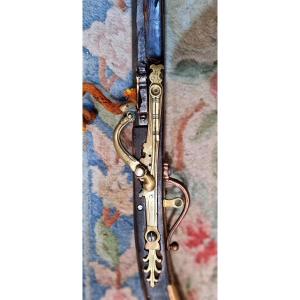
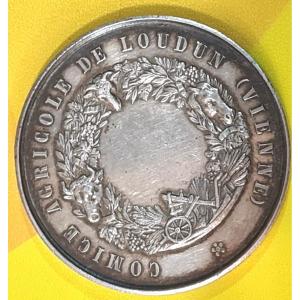
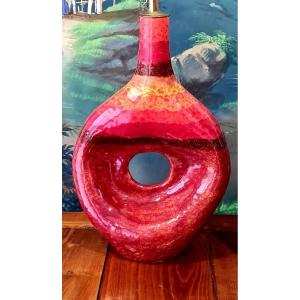

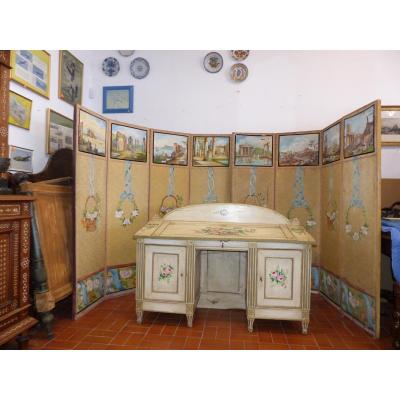
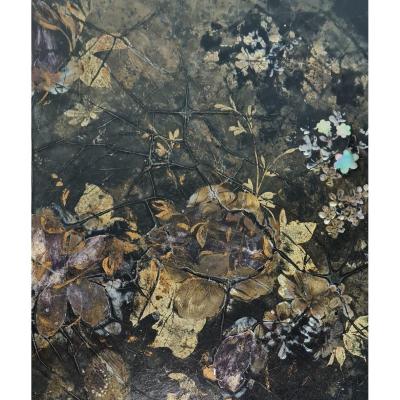

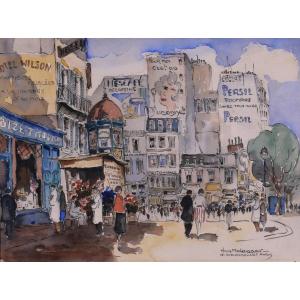


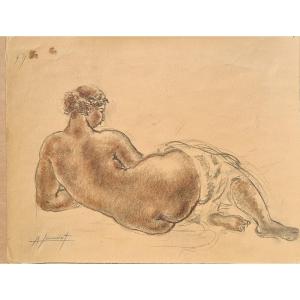




 Le Magazine
Le Magazine Rivista Artiquariato
Rivista Artiquariato TRÉSORS magazine
TRÉSORS magazine